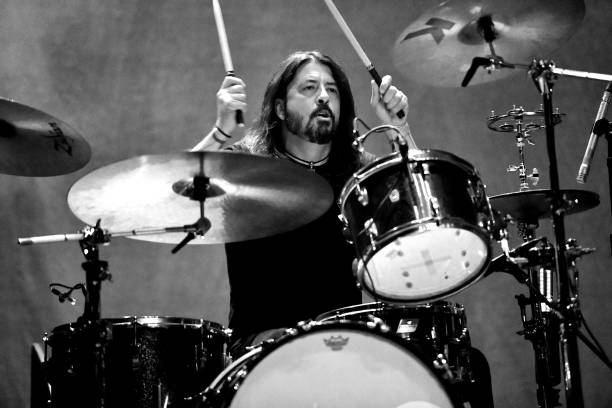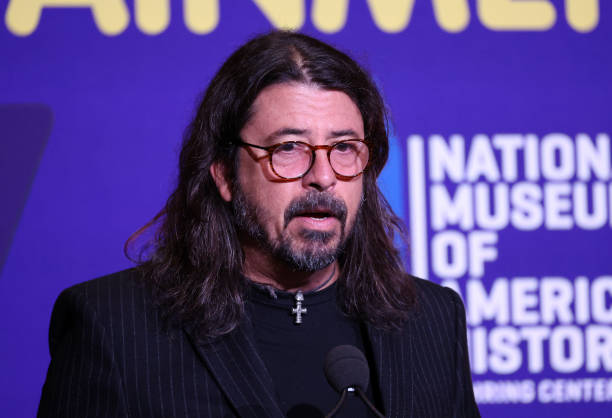The trajectory of Nirvana, a band that redefined rock in the early 1990s, was forever changed with the arrival of Dave Grohl. Yet, the story of how Dave Grohl joined Nirvana is as much about timing and talent as it is about the painful decision to let go of their previous drummer, Chad Channing. Recently, an author close to the band’s history shed light on the dynamics that led to this pivotal change, revealing the reasons behind Channing’s departure and the serendipitous arrival of Grohl.

Chad Channing had been with Nirvana during the band’s formative years, contributing drums to several early tracks, including much of their debut album, Bleach. While his playing added a distinct rawness, Kurt Cobain and Krist Novoselic felt something was missing. According to the author, Cobain’s dissatisfaction wasn’t personal but rooted in his vision for Nirvana’s sound. Channing’s drumming, while solid, lacked the power and precision Cobain sought to elevate their music.
“Kurt needed someone who could match the intensity of his songwriting, someone whose drumming could not just support the music but amplify its emotion,” the author explained. “Chad’s style didn’t quite align with the energy Kurt wanted to unleash.”
Enter Dave Grohl, a 21-year-old powerhouse drummer from the Washington, D.C., hardcore scene. Playing with Scream at the time, Grohl was known for his thunderous yet precise drumming. After Scream disbanded, Grohl found himself at a crossroads, and fate intervened. A mutual friend connected him with Cobain and Novoselic, believing his drumming would be the perfect fit for their evolving sound.
The chemistry was instantaneous. When Grohl auditioned, his playing struck a chord with Cobain. His hard-hitting, dynamic style was exactly what Nirvana needed to evolve from a promising underground act into a global phenomenon. “Dave didn’t just play the drums; he played them with an emotional depth that brought Kurt’s songs to life in ways we hadn’t experienced before,” said Novoselic in a retrospective interview.
The decision to part ways with Channing wasn’t easy. Cobain and Novoselic respected his contributions and appreciated his role in shaping Nirvana’s early years. However, they knew Grohl’s arrival marked a turning point for the band. With Grohl behind the kit, Nirvana recorded Nevermind, an album that would redefine rock music and bring grunge to the mainstream. Tracks like “Smells Like Teen Spirit” and “Lithium” owe much of their visceral power to Grohl’s drumming, which provided a foundation for Cobain’s raw vocals and searing guitar riffs.
Reflecting on the transition, the author remarked, “Channing was a part of Nirvana’s journey, but Grohl was the missing piece they didn’t know they needed until he sat down behind the drums.”
The story of Dave Grohl joining Nirvana isn’t just about a band finding the perfect drummer; it’s about the alchemy of talent, timing, and the courage to make difficult decisions in pursuit of artistic greatness. Grohl’s drumming didn’t just complement Nirvana’s sound—it defined it, propelling the band into the annals of music history.
